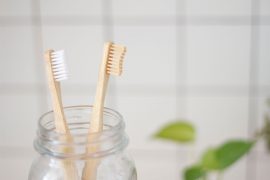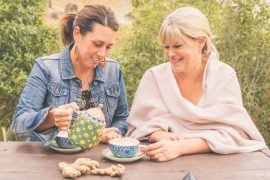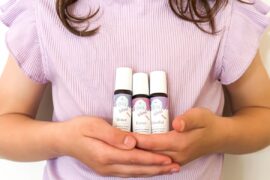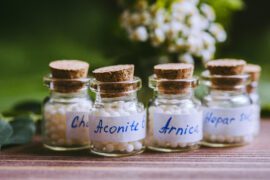By The Honestly Store
Ancient Healing and Skin Protection Properties
Known for its amazing properties in protecting and healing damaged skin, shea butter adds its superpower of anti-inflammatory action to Honestly’s Nappy Balm. We know that’s one area that you don’t want to take any chances on and shea butter is up for the job!
Used in Africa since the dawn of time (OK definitely as far back as Cleopatra) shea butter is harvested from shea nuts of the Karite tree (Vitellaria paradoxa). You can usually identify shea butter in product ingredient lists by its INCI (International Nomenclature of Cosmetic Ingredients) of Butyrospermum parkii.
Sacred in African culture, the Karite tree can live up to 200 years and different ethnic groups have their own traditional uses for shea nuts and their butter. Uses range from arthritis, wound care and eczema to muscle soreness and sinus infections. So pretty much a cure-all then!
A hayfever remedy…
Interestingly, shea butter has been claimed to aid with hay fever allergies. By rubbing a small amount on the inside of the nostrils, it is said to reduce the symptoms. This is more likely be due to its anti-inflammatory properties rather than being able to prevent pollen activating an immune reaction. For those who rely heavily on Zyrtec every spring/summer it would definitely be worth investigating more thoroughly!
Butter up: cracked, roasted and pounded
The butter itself is processed from the nut by physical means; the nuts are cracked, roasted and pounded. The pomade is then dropped in boiling water until the butter rises to the top and is scooped off. This is unrefined shea butter, which has a strong nutty smell and a creamy yellow colour.
Shea butter can be further refined using physical methods such as filtration to deodorise it, leaving the butter an off-white colour. This is the type of shea butter we use in our Nappy Balm. It adds the medicinal properties of shea without affecting the aroma from the Tender Treatment Essential Oil blend.
Ultra-refined shea butter is processed with solvents such as hexane and has absolutely no scent and is pure white in colour. Often with chemical extraction techniques there can be residue left over in the finished product. We avoid using these refined types of raw materials where possible.
Healing, Protective and Anti-inflammatory
So now we know where butter comes from, how it is produced, yet we still don’t know why shea butter is as moisturising, healing and protective as it is. What does it contain that give it such good anti-inflammatory activity? Chemically it is much like cocoa butter, but with a few important exceptions.
Vitamin E
Made up of tocopherol and tocotrienol. These are antioxidants, which mean that they deactivate free radicals. Free radicals are chemically loose cannons, they are unstable, can damage cells and DNA. Baby’s skin is bombarded with free radicals from the atmosphere resulting in disruption of the skin layers. Antioxidants basically take the sting out of them so that bub’s skin is defended. Hooray!
Oleic Acid
As the major fatty acid in olives (hence oleic), it also makes up ~40% of shea butter. An easily absorbed Omega 9 unsaturated fatty acid oleic acid will provide moisturising properties, just like baby’s own natural moisturising factor (NMF) which also contains fatty acids. Keeping baby’s own skin barrier intact is so important in preventing nappy rash.
At Honestly we strongly believe that what we put on our baby’s skin is just as important as what we put in our baby’s bodies.
Stearic Acid
One of the most common saturated fats found in nature, stearic acid acts to provide a good protective barrier on the skin, filling in holes in the epidermis. Allowing skin to repair itself and replenish its water content without loss. Cocoa butter and shea butter have the highest content (40%) of stearic acid, even compared to animal fat. This is ideal for keeping baby’s protective barrier in place, especially for the long haul overnight or when nappy rash rears its ugly head!
Palmitic Acid
As a saturated fat (7% in shea), much like stearic acid, palmitic acid would also assist in giving shea butter a higher melting temperature (29-34°C), allowing it to be soft but still hold its shape at room temperature (unless of course you live in FNQ…).











